Here's the Dirt: Common Soil Terms
Understanding Soil Mixes and Fertilizers
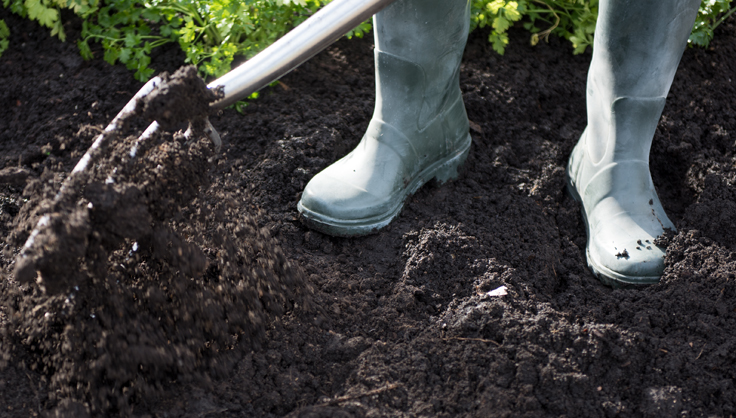
Trying to decipher all the letters and numbers on the back of your bag of potting soil or fertilizer? Whether you're starting seeds, potting up a container full of flowers, or just need to fill your raised bed, the correct growing medium and soil amendment is key for a successful garden. Let's break down some common terminology so you can choose the best soil for your needs.
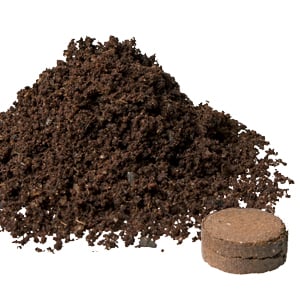
Coir
A natural fiber extracted from coconut husks, coir has excellent water-retention capabilities yet still drains well, making an ideal amendment for heavy clay soils.
Humus
Sorry, we're talking garden soil, not tasty chickpeas! Humus is the dark, rich, organic material that forms when organisms decompose. Humus also improves soil texture, allowing oxygen and air to move more easily around roots. When humans actively create humus from yard and kitchen scraps, it is referred to as "compost".
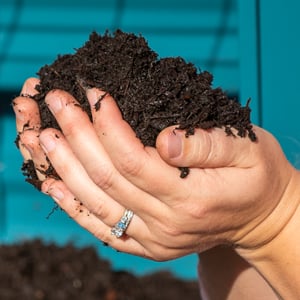
Macronutrients
These are the nutrients that plants require in large amounts in order to grow. Carbon, hydrogen, and oxygen are found in the air and water, so soil or fertilizers need to supply the remaining six macronutrients (nitrogen, phosphorus, potassium, calcium, magnesium, and sulfur).
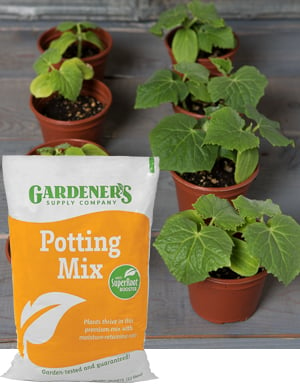
Mycorrhizae
Mycorrhizae are special soil fungi that have a symbiotic relationship with plant roots. The fungi, which stretch in a vast network from plant roots out into soil, are able to improve the plant's ability to take up nutrients and water. In turn, the plant provides carbohydrate-fueled energy for the fungi, which cannot photosynthesize on its own. Potting soils boosted with mycorrhizae promote strong roots and vigorous growth.
N-P-K
Typically printed on the fertilizer package as three numbers separated by a dash, this is the ratio of nitrogen (chemical symbol N) to phosphorus (P) to potassium (K), three macronutrients required for plant growth. For example, a 5-5-5 complete fertilizer contains 5% nitrogen, 5% phosphorus, and 5% potassium, by volume. Specialty fertilizers with unique combinations of nitrogen, phosphorus, and potassium are available to amend depleted soils or to encourage fruit and flower production.

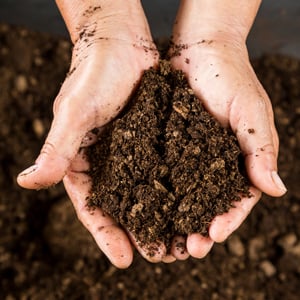
Peat moss
Peat moss is derived from decomposed sphagnum moss and added to potting mixes to help improve drainage and moisture retention. Sphagnum moss bogs cover massive (thousands of square miles) swaths of the Northern hemisphere, and, in addition to providing habitat for many rare plant species, these bogs are important carbon sinks in the face of climate change. Overharvest of these bogs has motivated many gardeners to look for more sustainable alternatives to peat moss-based potting mixes.
Perlite
While it looks like tiny styrofoam pellets, perlite is made of mined volcanic rock. As a potting soil additive, it aerates and lightens soil, as well as retains moisture. Perlite is an inert, inorganic ("non-living") material, and therefore doesn't rot or decompose.
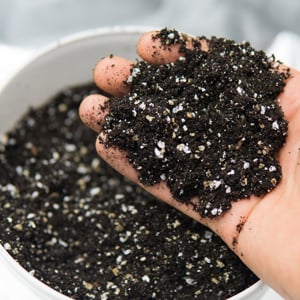
pH
Soil pH is a measure of how acidic or basic the soil is. It uses a scale of 0-14, with 7 as the neutral point. A pH less than 7 is acidic, while soils with a pH greater than 7 are basic. Soil pH impacts how nutrients are taken up by plants, and different plants thrive in different pH ranges. Consider applying a soil acidifier to your azaleas, rhododendrons, and blueberries, to maintain a lower pH. For asparagus, lavender, and other plants that prefer neutral-to-basic growing conditions, amend soil with lime, which raises the pH.
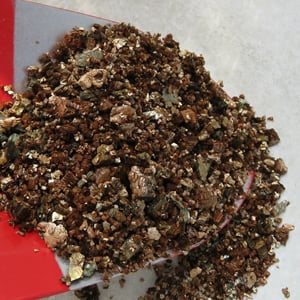
Vermiculite
Vermiculite is a naturally-occurring silicate mineral, often added to seed starting mixes to improve moisture retention. Like perlite, vermiculite does not decompose over time, and its flaky, mica-like shape helps to lighten up compacted soils.
All done with this soil science lesson? Great! Now check out our Potting Soil and Fertilizer Finder to help select the right blend for your garden.
Print this Article:
Get the Dirt
Stay up to date on new articles and advice. Please fill out the information below.

